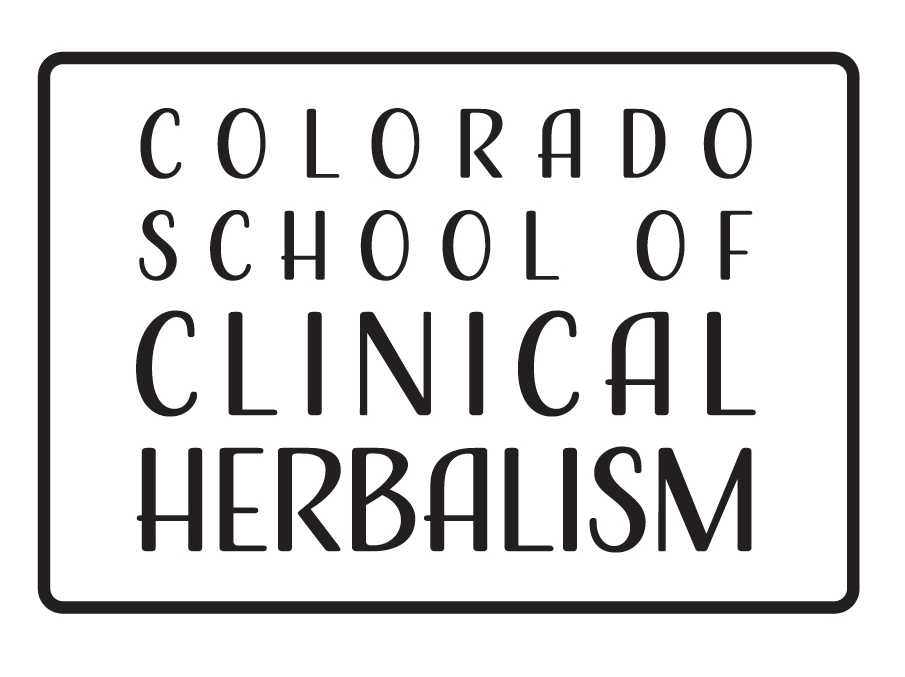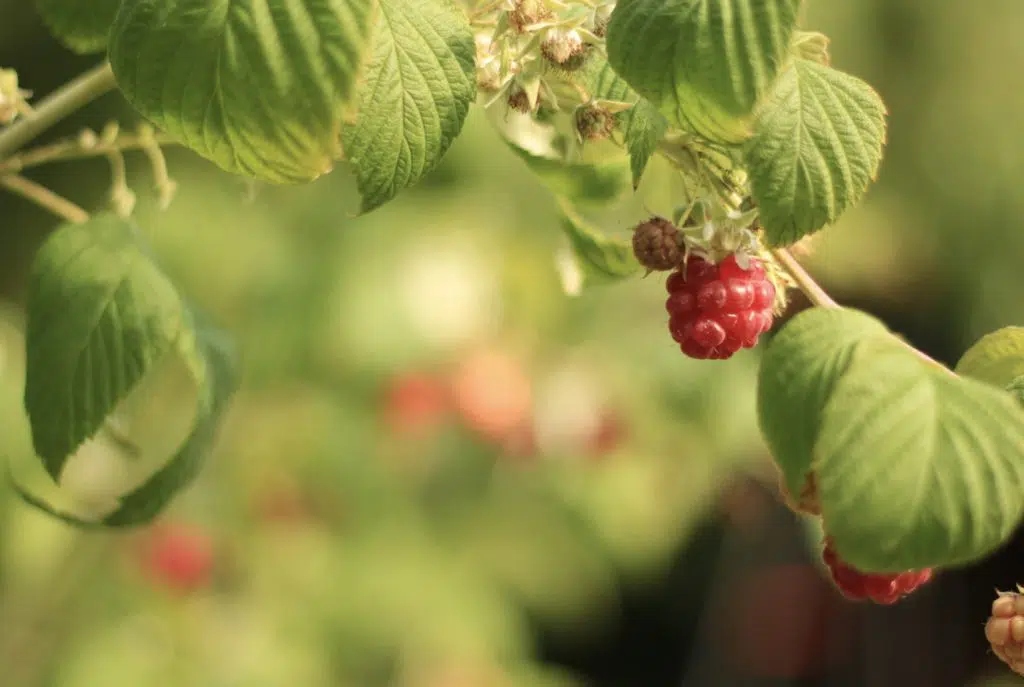Author: Liz Pikutis, CH
The Latin name of Red Raspberry translates to Rubus idaeus, meaning “bramble bush of Ida.” This name was given based on the belief that raspberries were first discovered and cherished by the Olympian gods of Mount Ida. The herb was linked to fertility and children early on in “the story of Ida,” where the nursemaid to the infant Zeus pricked her finger while picking the snow-white berries, staining them red for all eternity.
For centuries the herb was recognized as a powerful uterine tonic by Indigenous people throughout the world. Western culture began to shed light on its array of medicinal properties in the 1940’s. Today, Raspberry leaf is well known as a pregnancy supporting tonic, rich nutritive herb, and woman’s health herb.
Linda Whitedove describes the plant’s growing patterns to be symbolic of its nurturing essence. Growing in large prickly thickets, it provides safety for the smaller plants that tend to grow intertwined beneath. In relation to medicinal uses, she expresses that Raspberry leaf creates an environment of safety, calm, and strength for all bodied people, particularly the uterine reproductive system.
Raspberry leaf has the following herbal actions: anti-inflammatory, mild hemostatic, anti-emetic, nervine, nutritive, galactagogue, uterine trophorestorative, relaxant, tonic/astringent, and parturient.
The dried leaves are the primary part of the plant used for long or short infusion tea and tincture. The astringency of the leaves make for a tea that tastes similar to black tea. To mention, the herb is potentially drying and may be energetically balanced in formula with moistening demulcent herbs or counteracted with adequate water consumption. The tea offers nutritive qualities, gentle digestive aid, and uterine harmonizing properties. To make such infusion use 2 heaping tablespoons of loose herb to one cup of water, steep for 30 minutes to 8 hours. The tincture lacks the nutritive qualities, but may be used for its astringent actions topically and internally.
Benefits and Uses:
One of Raspberry leaf’s shining qualities is its abundance of nutritive support. It is rich in vitamins and minerals including potassium, calcium, magnesium, manganese, iron, vitamins B, C, and E. It contains bioflavonoids that tone the circulatory system, tannins that remove harmful invaders from the body, antioxidants, and fragerine alkaloids that work with other constituents to tone and relax pelvic and uterine muscles.
Often referred to as a “Woman’s herb,” Raspberry leaf is a uterine tonic and trophorestorative meaning that it increases tone and functionality of the uterine system. It can support regulation of the menstrual cycle, decrease cramping, excess bleeding and/or excess clotting. Traditionally, in pregnancy the herb has been used to reduce morning sickness, reduce false labor pains, normalize uterine contractions, ease the birthing process, decrease bleeding after birth, return the uterus to its normal tone and increase the quality of breast milk while nursing. Linda Whitedove expresses that the herb may also decrease spotting during menopause. Although Raspberry leaf is a very mild, safe, and gentle herb, always consult a midwife or primary care doctor before using this herb during pregnancy.
Raspberry leaf, as a long infusion, is a gentle all purpose digestive aid. It is suited to mild digestive complaints from simple indigestion and discomfort to diarrhea and constipation. The infusion can also be used as a gargle or mouthwash for mouth ulcers and gingivitis, an eyewash for inflammation or conjunctivitis, and topically for skin rashes.
Ending on a magical note, to ritualize the essence of this plant the leaves can be used to make fertility charms, to channel self-love and feminine energy, to work with the sacral chakra of sexual and creative energy, and connect to the planet Venus.
Join Liz on April 22nd for her class Embodying the Seasons.
Resources:
Book: Holmes, Peter. The Energetics of Western Herbs: A Materia Medica Integrating Western and Chinese Herbal Therapeutics. Snow Lotus Press, 2007.
Book: Romm, Aviva. Botanical Medicine for Women’s Health, Second Edition. Elsevier, 2018.
Book. Gladstar, Rosemary. Herbal Healing for Women. Prentice Hall, 1995.
Audio: Whitedove, Linda. “Female Reproductive Materia Medica”.

